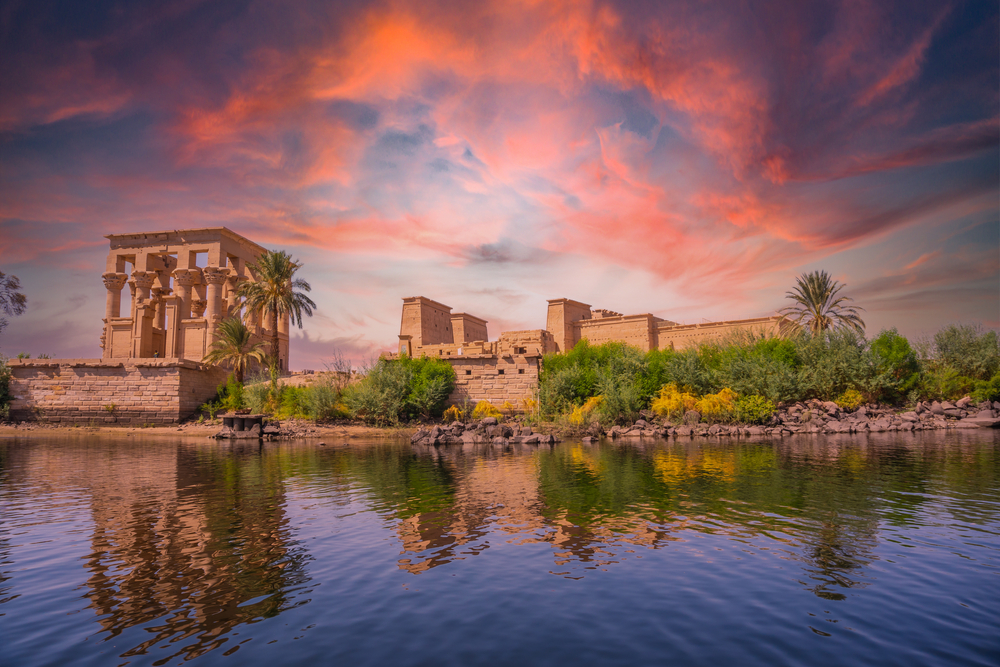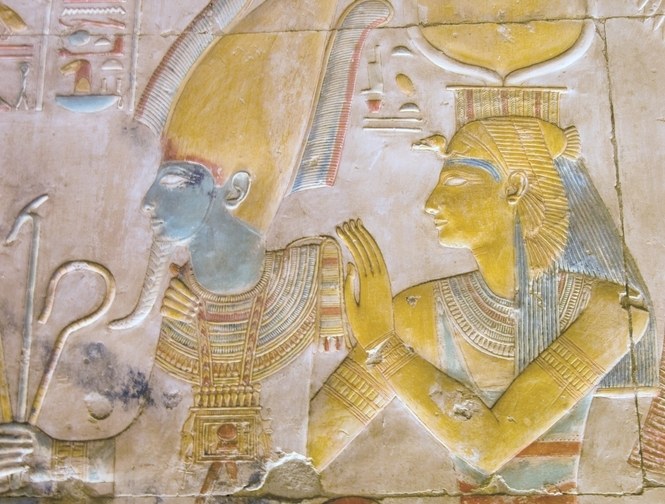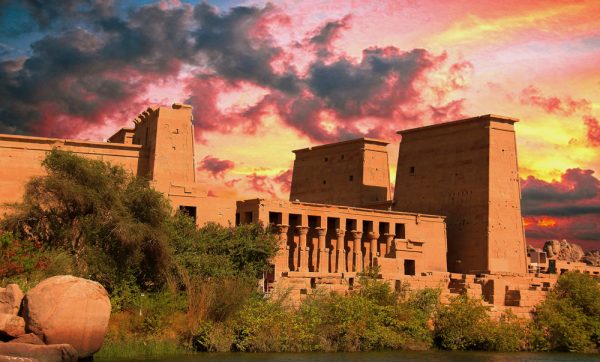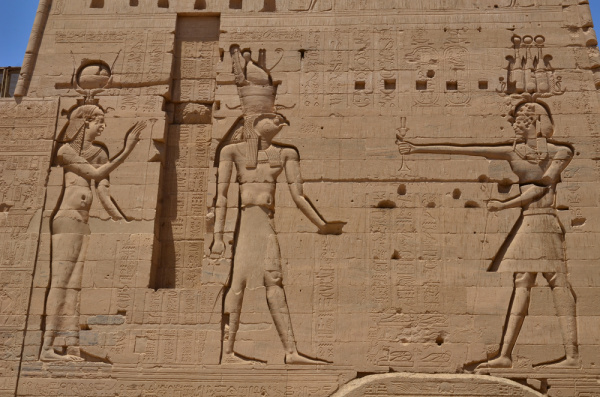The Temple of Isis, Philae
The Temple of Isis, Philae
The Temple of Isis, Philae
-
Hannah
-
Hannah

At the start of my novel Song of the Nile, you will find a dedication:
To my dear grand daughter, Philae, with my love and hope that you grow up to be a kind and wise woman, as was your great-grandmother Philae.
Yes, my mother was named Philae and so too is my grand-daughter. Both were named for the island in the Nile that is home to the historic Temple of Isis.

Song of the Nile: available to buy now
The goddess Isis was worshipped as far back as the Fifth Dynasty (c. 2494–2345 BC), and by 1000 BC, she and her husband, Osiris, were the most widely worshipped Egyptian deities. Osiris was the god of the dead and the resurrection into eternal life, and he was the ruler, protector and judge of the deceased. Isis was the wife and sister of Osiris, and she was the mother goddess, believed to be the divine mother of the pharaoh.

Painted relief of Osiris and Isis
The island of Philae, near the First Cataract of the Nile, was close to the island of Bigeh, believed to be the burial place of Osiris. This made Philae the perfect place to establish a cult for his wife, Isis. The cult of Isis at Philae spanned a long period: from the 7th century BC all the way through to the 6th century AD. (Despite the spread of Christianity under the Romans, people still worshipped Isis at Philae, until the Emperor Justinian closed the temple to stop what was deemed the worshipping of ‘pagan’ gods.)
The Temple of Isis at Philae was largely built by Ptolemy II, pharaoh from 283 to 246 BC, though other pharaohs left their mark, in the temple for Isis and the other buildings on the island. What remains today is absolutely beautiful.

The temple has a distinctive outline due to its two huge pylons (monumental gateways set between two towers). This was a temple built to impress, and to draw the eye! From Song of the Nile:
The approach by water to the small island of Philae was truly breathtaking. The river widened, flowing past gigantic black rocks of the most fantastic shape and form, and then suddenly, after a couple of sharp turns, Philae came suddenly into view, fringed by palms and crowned with a long line of temples and colonnades. Seen from the dahabeyeh, the island with its vegetation and its monuments seemed to rise out of the river like a chimera.
‘It’s incredible,’ breathed Aida, standing on deck next to Phares while the boat glided nearer and the sculpted towers rose higher and higher against the sky. ‘One can almost forget for a moment that the temple was built centuries ago. It all looks so solid, stately and perfect.’
Also distinctive at the temple are the many reliefs and inscriptions; barely a surface lacks adornment. Here, for example, is Isis with the god Horus (her son) and the goddess Hathor.

The Temple of Isis is remarkably well preserved given that it is nearly 2,000 years old. That was almost not the case, however: the island of Philae flooded over and over again in the 20th century due to the building of dams, and the historic temple was partially submerged. Thankfully, the temple and other structures on Philae were rescued in an ambitious relocation project: they were dismantled, stone by stone, and painstakingly rebuilt on Agilkia Island, 500 metres away.
There is so much more I could write about the Temple of Isis – its history and legacy – and I have! My book The Island of Philae tells you all about the island, taking you on a tour of the Temple of Isis, along with other important temples and structures. You can purchase my Philae book on this website. I hope you’ll enjoy learning about this fascinating ‘Pearl of the Nile’.

Photo credits: 1) Unai Huizi Photography; 2) BasPhoto/Shutterstock.com; 3) Charbonnier Thierry/Shutterstock.com; 4) Cyril Papot/Shutterstock.com.